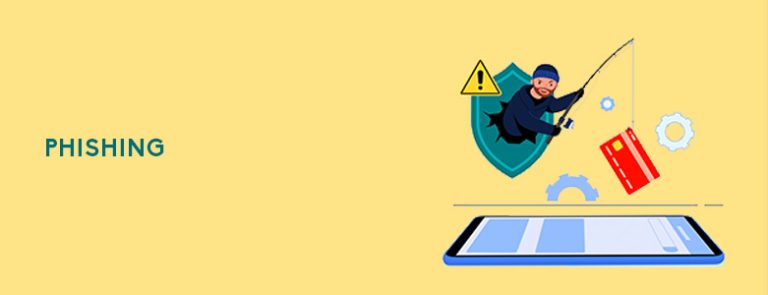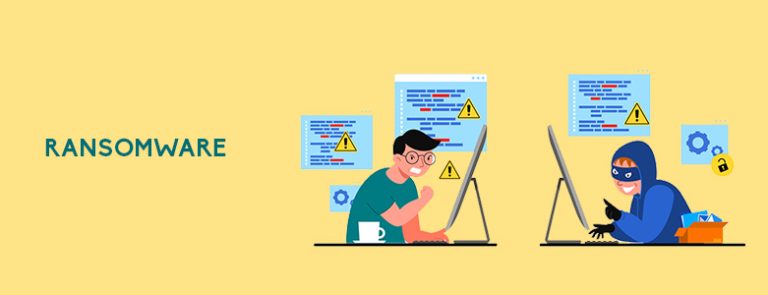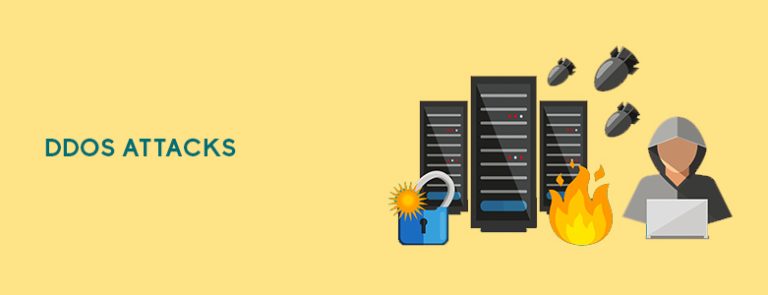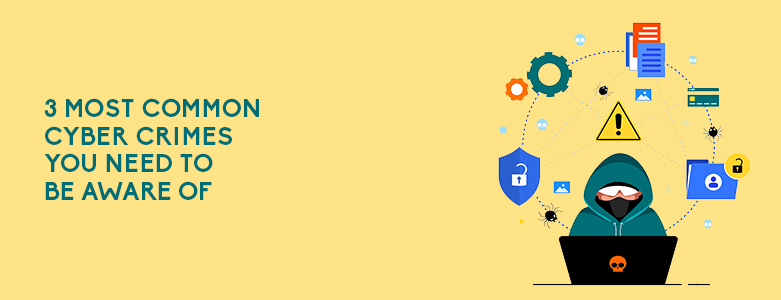What are the most common cybercrimes you need to be aware of?
- Phishing
- Ransomware
- DDoS attacks
From ransomware attacks, phishing scams, DDoS attacks, and more — there is a list of the most common cybercrimes that can happen to your business. This could lead to prolonged downtime, financial losses, and loss of reputation. To help you, this article will discuss the common threats you could encounter and how you can prevent them.
Phishing

Phishing is cybercrime and a social engineering technique where an attacker pretends to be part of a legitimate institution to trick an individual into sending them valuable information — such as credit card numbers, passwords, and more. They also use techniques to pressure someone into sending them money.
For example, your finance department might receive a phishing email from a criminal posing as a legitimate institution asking for payment of goods and services that were never received. This technique relies on fear and urgency to pressure a potential victim.
Another technique social engineers use is to give offers that are difficult to resist. For example, your employee might receive an email from a criminal claiming to be from the HR department saying that the recipient is due for a salary raise. The message will often contain a suspicious attachment that, when downloaded, installs malicious software to the device.
Fortunately, phishing can be prevented through employee training and the right IT solutions. For example, Trend Micro Email Security can screen out malicious senders and analyze email content to filter out phishing. On top of that, it can also protect against malicious URLs during delivery and when they’re clicked on.
Ransomware

Ransomware is a type of malware that uses encryption to prevent your organization from accessing your business files and application. A criminal will promise to provide access to these important data if you agree to pay for a ransom. But there’s no guarantee that your files and applications will be restored if you agree to their demands. This type of cybercrime can affect your organization’s productivity and cost you a huge sum of money.
Ransomware often spreads through phishing emails that have malicious attachments in them. It could also spread through social media, instant messaging applications, and more. Although ransomware could be distributed across the internet with no specific target, cybercriminals can also choose their targets as they please. They often go for organizations that have smaller security teams, hold sensitive data, or can pay quickly.
To protect against ransomware, it’s a good idea to set up a data backup and recovery plan. This way, you can have continued access to your files and applications. One good option is the Datto Workplace which has a Threat Detection and Management feature. Aside from backing up your data, it can help detect ransomware, quarantine the infection, and revert the changes to the previous state.
Another helpful cybersecurity measure is to have a threat defense solution in place. You can also consider Trend Micro’s Connected Threat Defense, which can protect your organization from ransomware through high-fidelity machine learning and behavior analysis techniques. It can detect advanced malware and malicious behavior not seen by standard defenses.
DDoS Attacks

DDoS attacks or distributed denial-of-service is an attempt to overwhelm a server, service, or network to make it unavailable to users by disrupting the normal traffic. One symptom of this attack is when a website or service suddenly becomes slow or unavailable.
Because a DDoS attack can cause downtime for your business, this can be done by an attacker to damage your organization’s reputation. In some cases, the attacker may request payment to stop an attack.
There are many ways you can prevent or fight a DDoS attack. For example, you could increase your internet connection’s bandwidth to handle traffic spikes. Since DDoS works by overwhelming your servers, you can increase your resources to fight this type of attack.
Features like Microsoft Azure’s infrastructure DDoS protection can also benefit your business if your servers are cloud-based. It can look for indicators of an attack 24/7 and mitigate it when it happens. With always-on monitoring, you can protect applications that are vital to your business. Azure can also provide attack analytics so that you’re able to get detailed reports that will help you study the event when it happens. If you’re interested, you can consider this add-on feature!
Another solution that could help you prevent DDoS attacks is Citrix Application Delivery Controller(ADC). It’s a networking appliance which can improve the performance, resiliency, and security of your web applications. To fight DDoS attacks, Citrix ADC can provide rate-limiting measures to protect your server resources. It can also detect when an abnormal amount of inbound requests occurs and proceed to minimize the bandwidth used or reject the request.
Key Takeaway
Cyberattacks can happen in a variety of ways or due to different reasons. But no matter the method or technique used, there’s one thing cybercriminals look for in their targets — cybersecurity vulnerabilities. That’s why it’s important to protect your organization from unexpected expenses, unplanned downtime, and loss of reputation by having the right security solutions in place.
If you require assistance against the most common cybercrimes that could happen to your organization, you can send us a message here at CT Link! We can help assess your business’s cybersecurity needs and recommend the right solutions to prevent these crimes. This way, you can prevent cyberattacks or fight against them.


2 Responses